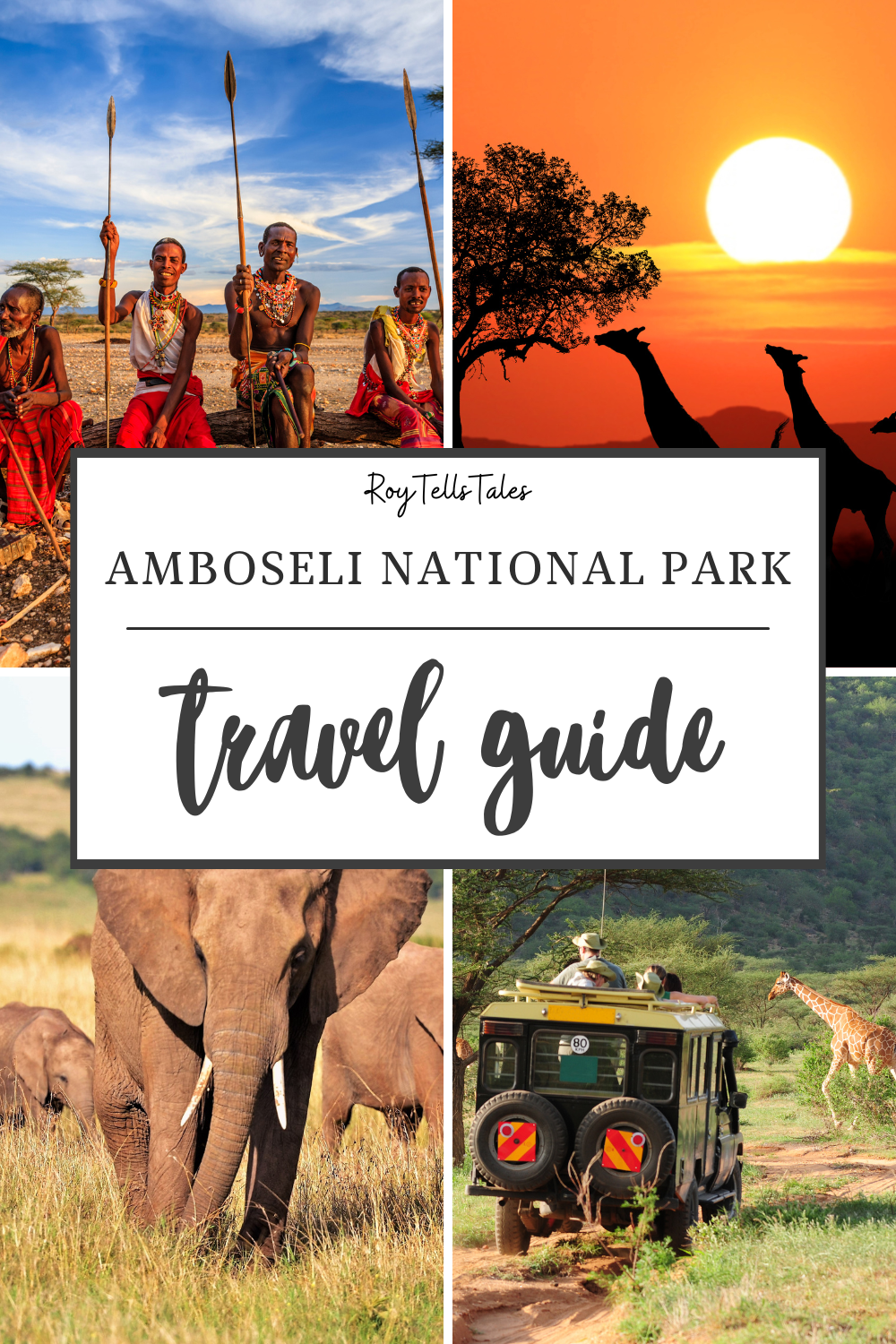

Amboseli National Park, Kenya | A Photo Blog
When you think about the BIG 5 & thrilling game drives in Kenya, it’s pretty obvious that the first name that comes to your mind is that of Maasai Mara. There’s no doubt about the gorgeousness of the Maasai Mara National Reserve and the several packs of lions that you can spot here, but Amboseli National Park is nowhere less!
Not many tourists would go there, as the chances of spotting lions, cheetahs, and leopards are very thin. But what you’d miss if you skip Amboseli is the breathtaking view of the elephant herds, crossing in a line, with Mt.Kilimanjaro (5895m) at the backdrop! (Getting goosebumps, right?!) Amboseli is the only region in Kenya from where you can get such a great view of Kilimanjaro – the highest free-standing mountain in the world!
Exploring Amboseli National Park, Kenya
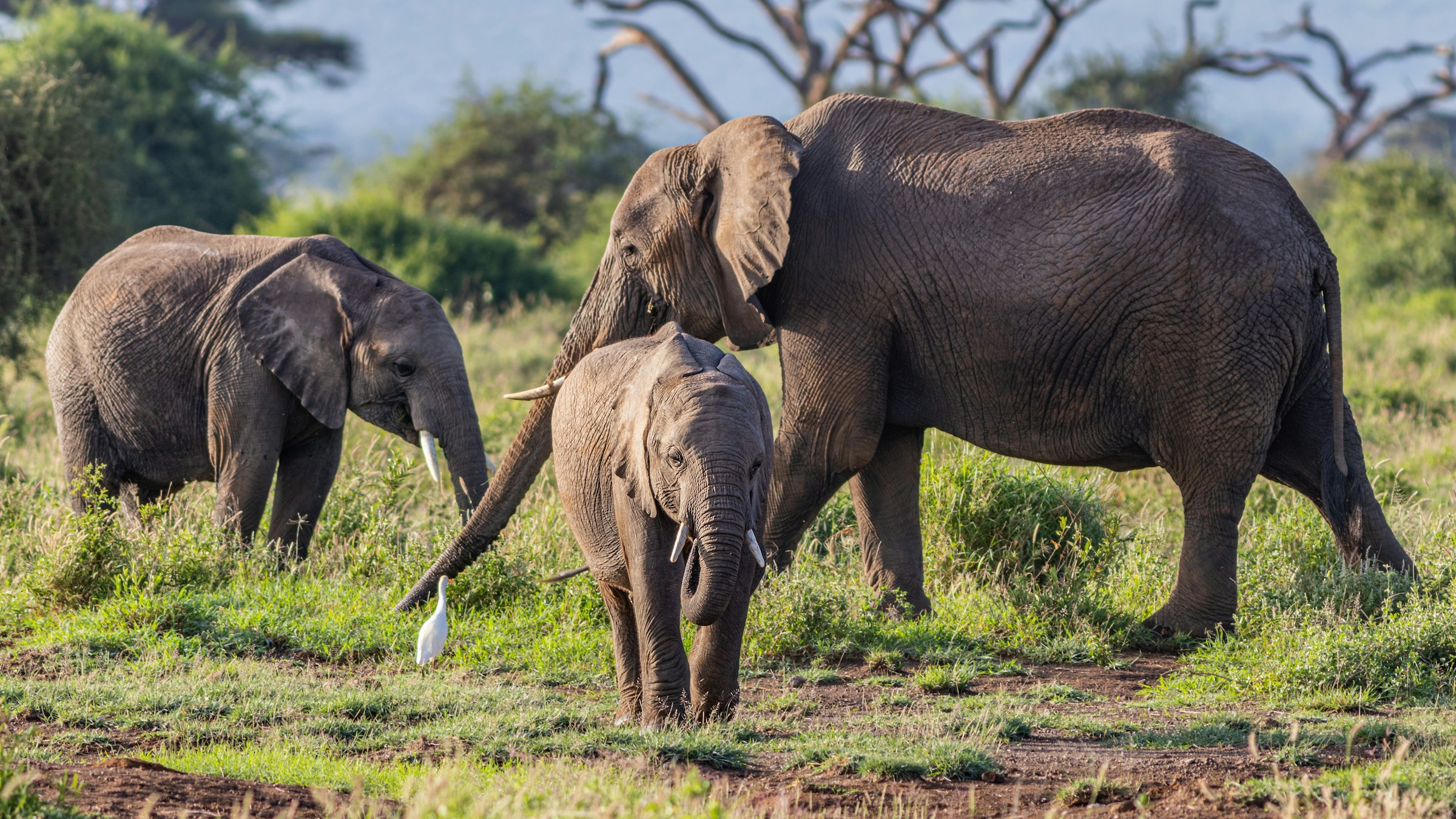
Located in the northwest of Mount Kilimanjaro, bordering Tanzania, the park covers 392 square km and forms a part of the much larger 3,000 square km Amboseli ecosystem. The contrast of the arid and treeless plains with the evergreen swamps is amazing in this region.
The name “Amboseli” comes from a Maasai word meaning “salty dust”. What makes this place special are the Enkongo Narok and Olokenya swamps fed by the melting snow of Kilimanjaro. These water sources attract animals of all sizes, especially during the dry season. We were there in March when it was pretty hot during the daytime and thus, most of the animals we spotted were close to these water bodies.
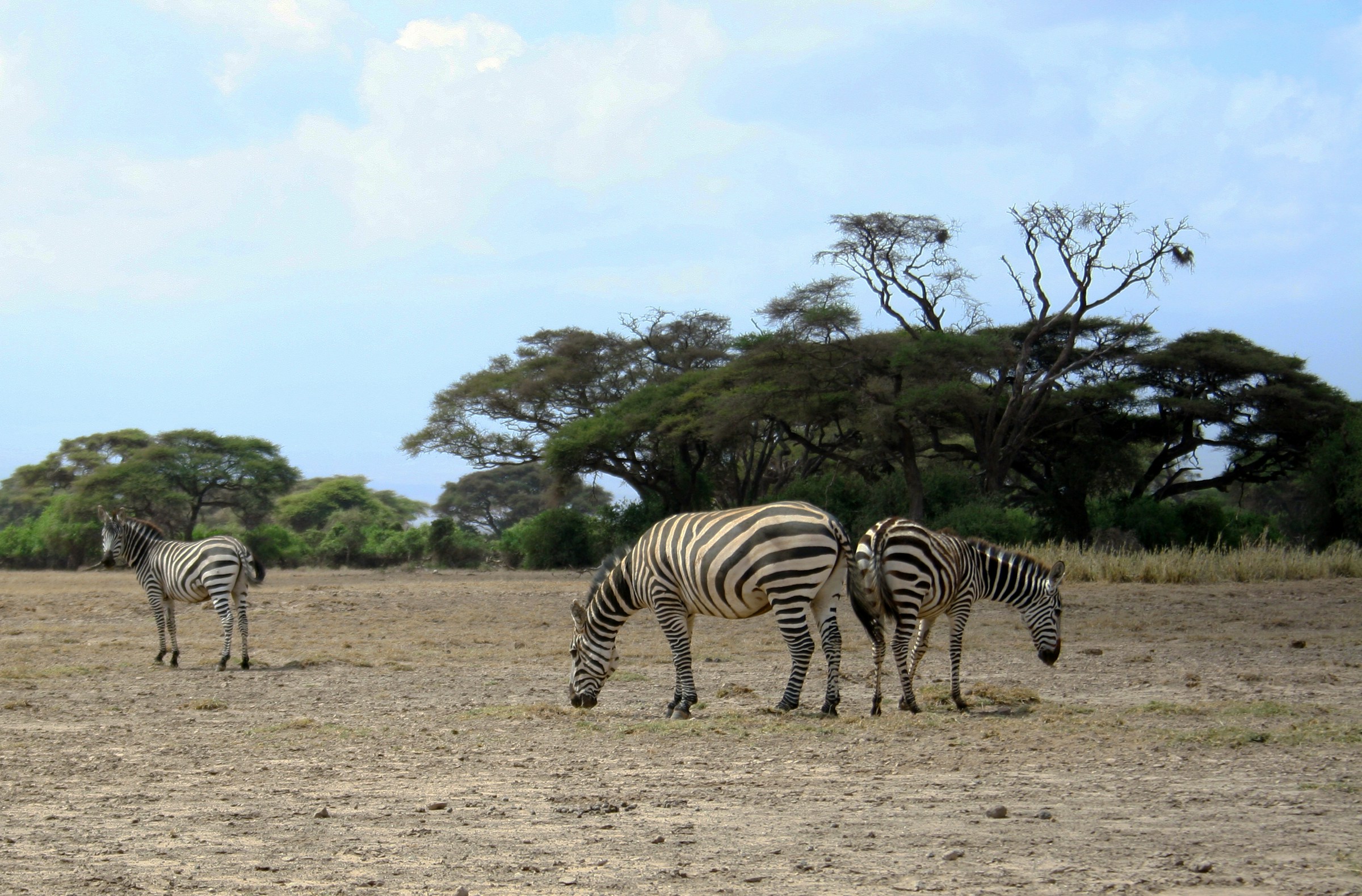
We were pretty lucky to spot warthogs, wildebeests, zebras, lions, and hyenas there as well. There was a point where we saw an incredible picture of co-existence! There were 2 lionesses, lazying around in the same area where zebras & wildebeests grazed. We thought there would be some action – the predators would probably chase but nothing of that sort happened. It was a beautiful sight – we were awed by the magic of nature!
But what was absolutely spectacular was the herds of elephants that we saw in different areas across Amboseli. It seemed like all the elephants of the world had gathered there to attend some important meeting, from huge tuskers to little ele-calves!
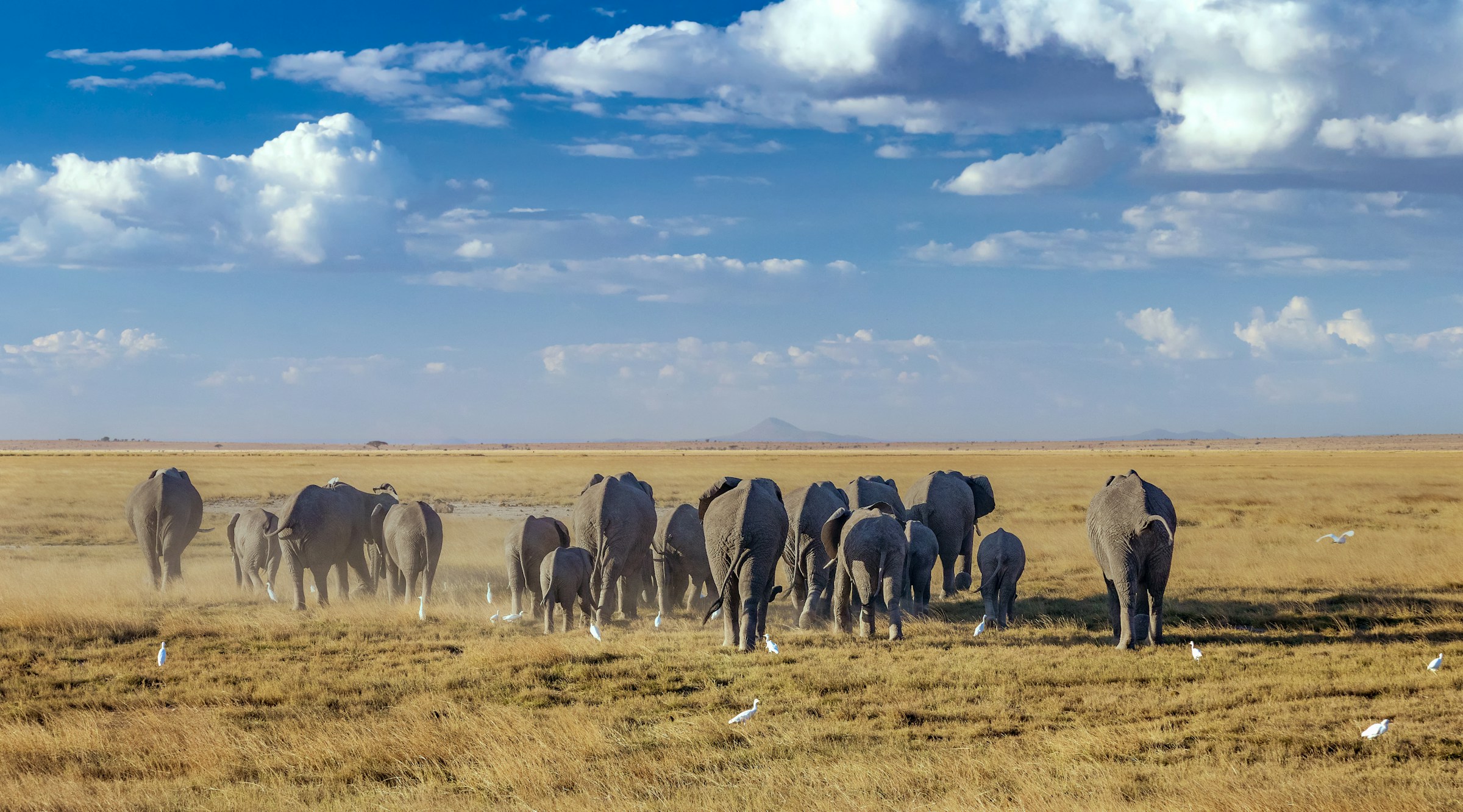
Needless to say, it would be a delightful experience for all wildlife photographers! The dusty plains and dry lake beds provide amazing backdrops for dramatic and evocative images, especially in certain remote areas of the park. In the early mornings and late afternoons, the snowy peak of Mt Kilimanjaro may emerge from the clouds, and when a herd of elephants appears in the distance – it is one of the most iconic scenes in the entire African continent.
And I’m not kidding, we saw hundreds of elephants in a day!!
But it’s not just about the mighty tuskers and the BIG 5! Amboseli boasts of rich birdlife, with over 400 bird species recorded, including the globally threatened Madagascar Pond-Heron, Grey Crowned Crane, Kestrel, and over 40 birds of prey. Like the animals, even the birds are mostly found closer to the waterholes, on a dry scorching day!
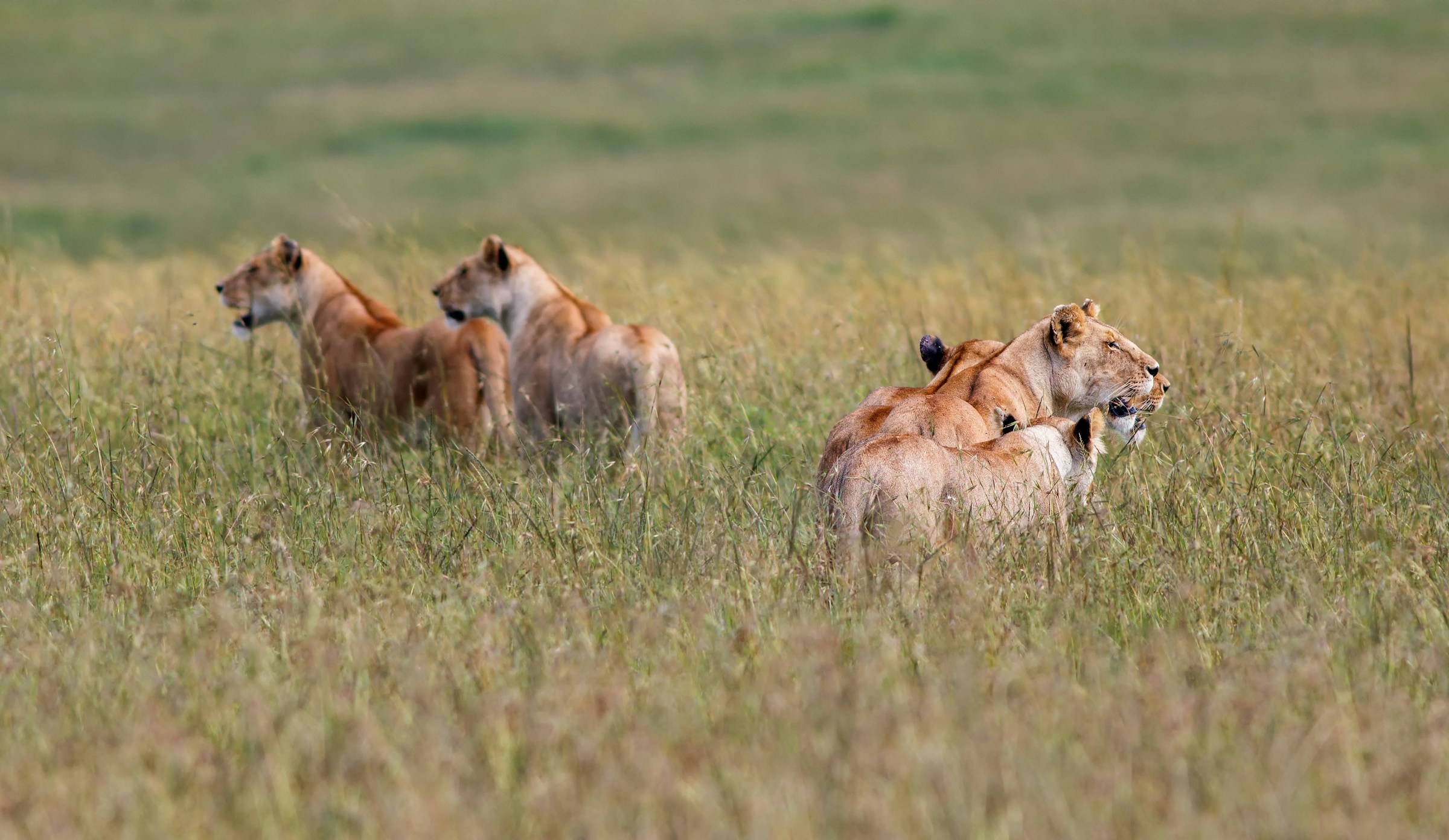
As we got closer to Lake Amboseli, we were delighted to see the flocks of Flamingoes there! Egyptian geese, Marabou Stork, and Superb Sterlings could be spotted in abundance as well.
A paradise for wildlife enthusiasts and nature lovers, Kenya has some 54 National Parks and Reserves, with many sanctuaries and private conservancies all over the country. So in case you’re planning a trip to Kenya and all set for game drives in Maasai Mara, don’t forget to spend at least 48 hours in Amboseli 🐘🦅🦁 We bet you, it’s gonna be totally worth it!
Frequently Asked Questions About Amboseli National Park, Kenya
Where is Amboseli National Park located?
Amboseli National Park is in southern Kenya, near the border with Tanzania, approximately 240 kilometers (150 miles) southeast of Nairobi.
What is Amboseli National Park famous for?
Amboseli is renowned for its stunning views of Mount Kilimanjaro, Africa’s highest peak, and its large herds of free-ranging elephants. The park also offers diverse wildlife and breathtaking landscapes, including savannah, wetlands, and acacia woodlands.
How do reach Amboseli National Park?
- By road: It’s a 4 to 5-hour drive from Nairobi, and the roads are breathtaking.
- By air: There are daily flights from Wilson Airport in Nairobi to Amboseli’s airstrip.
- By train: You can take the SGR train to Emali or Amboseli Station and drive to the park.
What is the best time to visit Amboseli National Park?
The best time to visit is during the dry season from June to October and January to February when animals gather around water sources, and the roads are more accessible.
What are the park’s operating hours?
Amboseli National Park is open daily from 6:00 AM to 6:00 PM, including public holidays.
What is the entrance fee for Amboseli National Park?
As of 2024:
- Non-residents (foreign travelers): $60 for adults, $35 for children
- Residents and citizens: Ksh 860 for adults, Ksh 215 for children
Prices may vary, so it’s best to confirm with the Kenya Wildlife Service (KWS).
How long should I spend in Amboseli National Park?
A 2 to 3-day visit is ideal to explore the park and enjoy game drives while taking in the scenic beauty of Mount Kilimanjaro.
Are guided tours available in Amboseli?
Yes, you can book guided tours through local tour operators or lodges. Guides are knowledgeable about the park’s wildlife and geography, enhancing the safari experience.
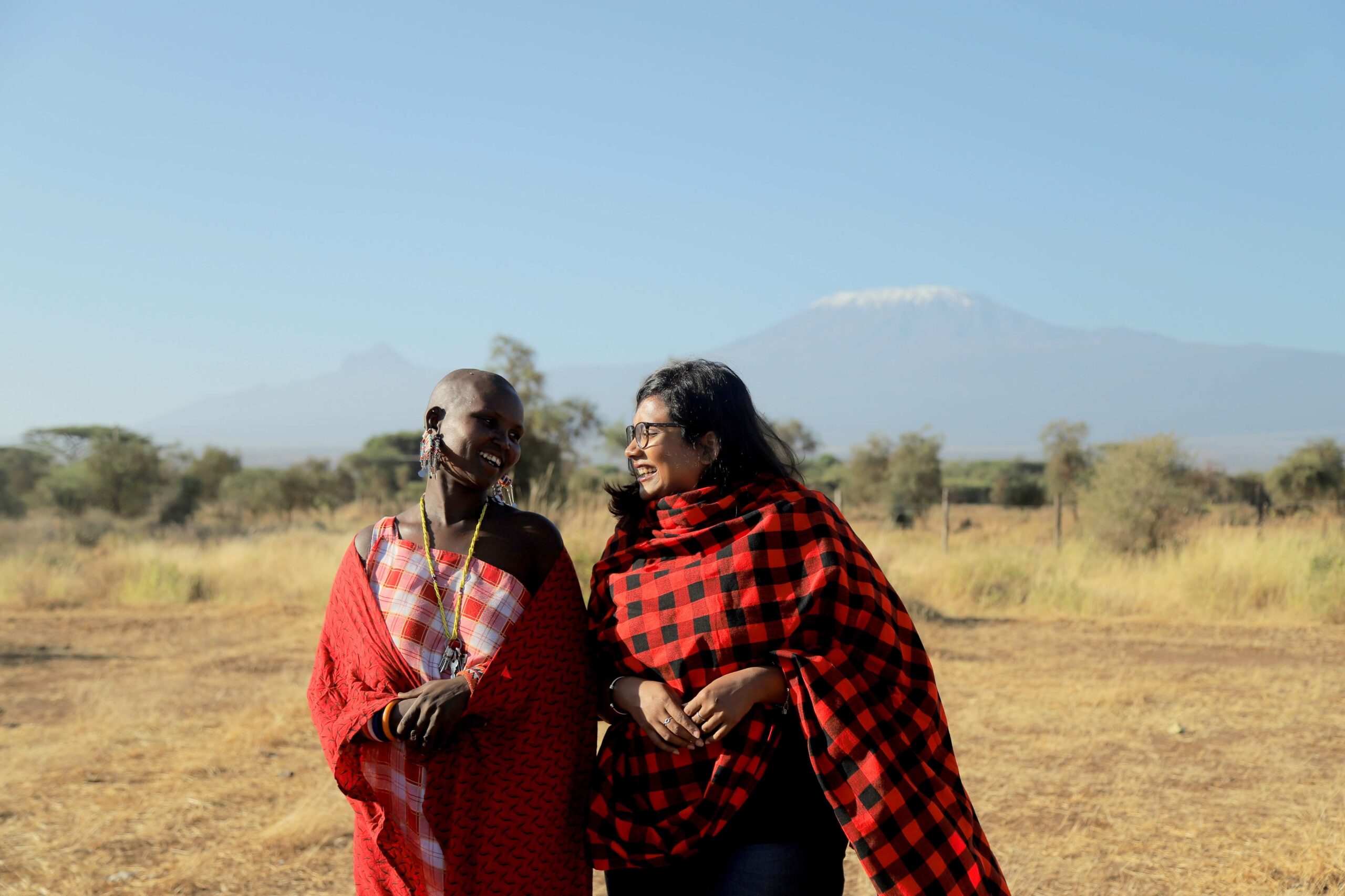
Do let me know about your experience if you’ve already been to Amboseli. And if you wish to know more about planning a trip to Amboseli, or anything about traveling to Kenya, you can drop a comment below 🙂



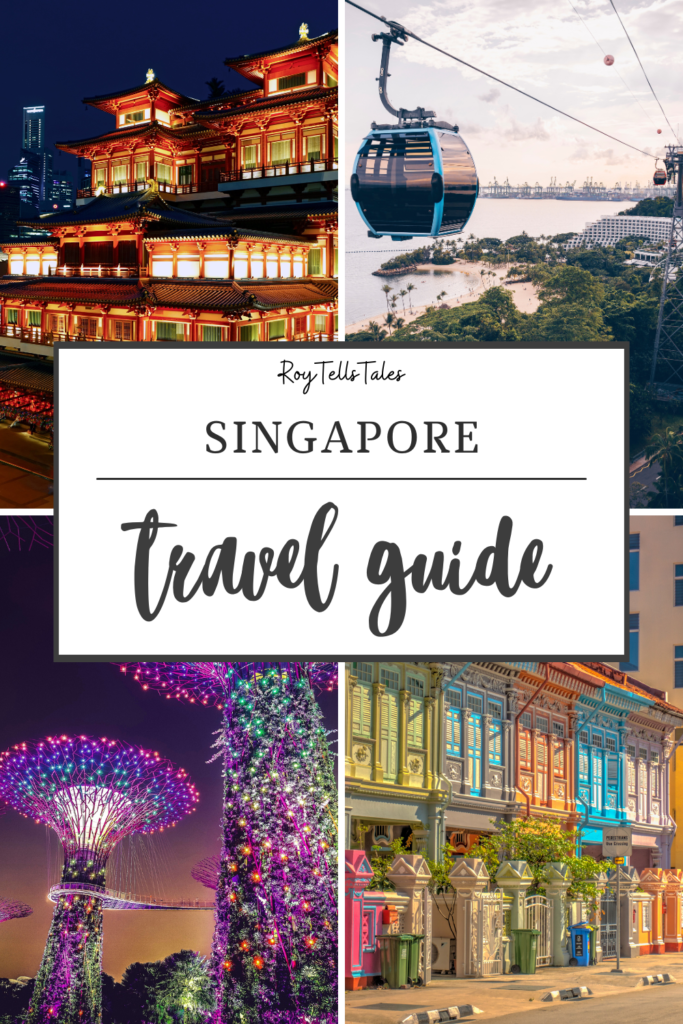
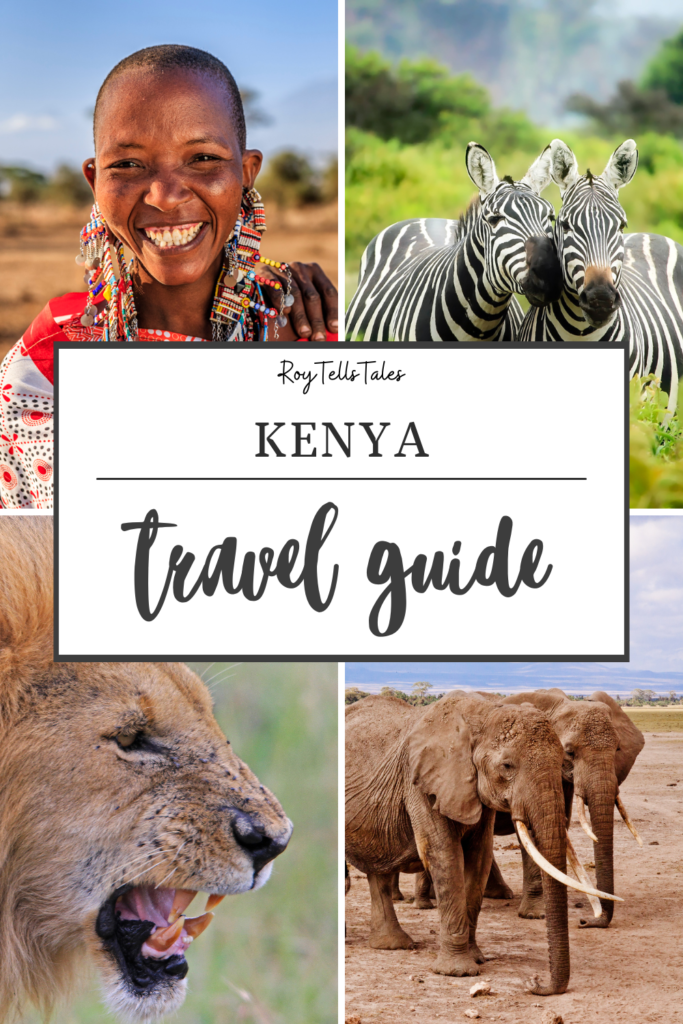
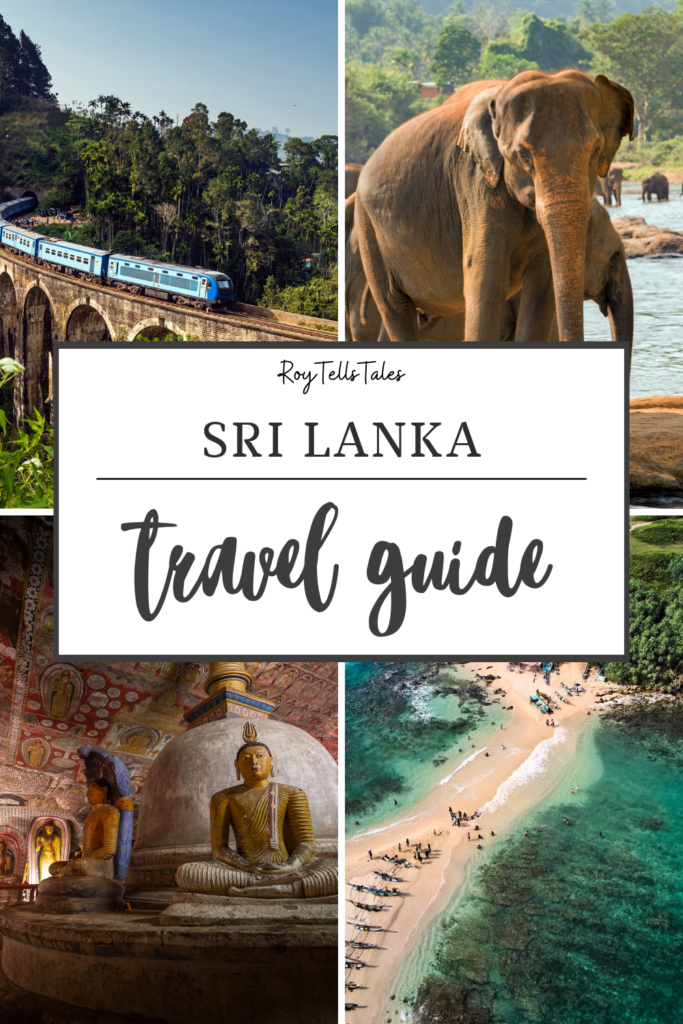

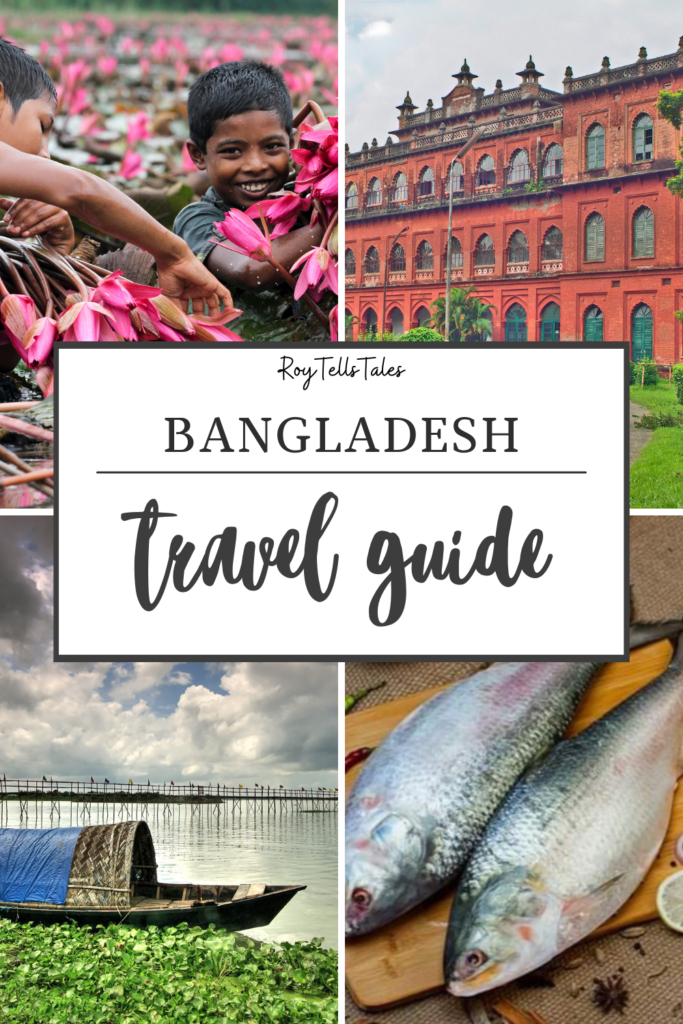
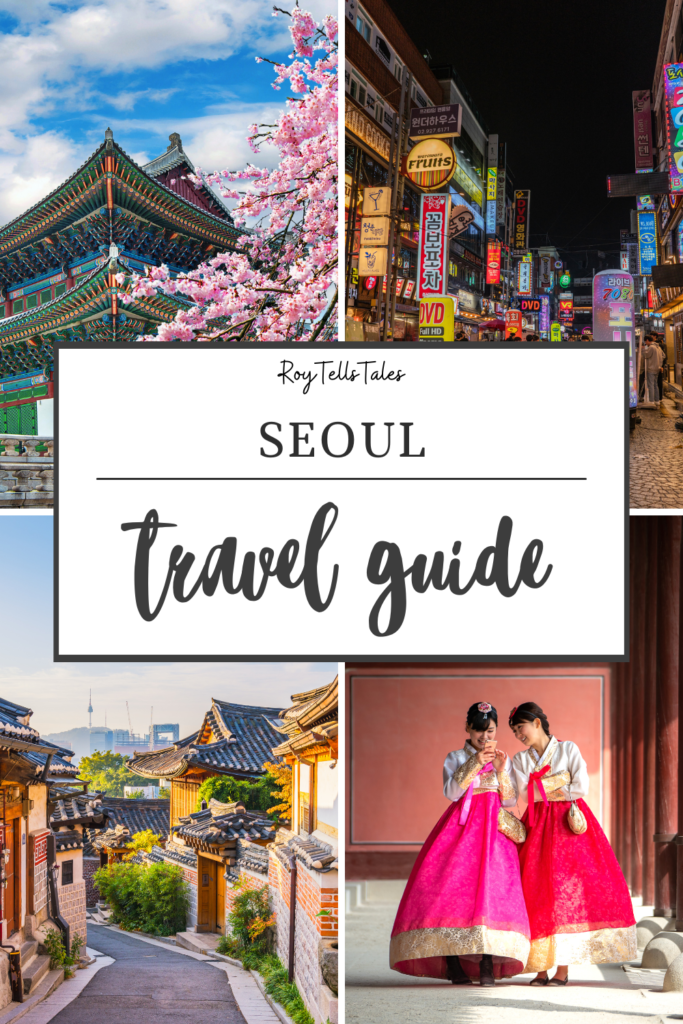








The photos up here look as good as Nat Geo shots. Very well clicked and beautifully written 🙂 Congratulations on having this amazing experience!